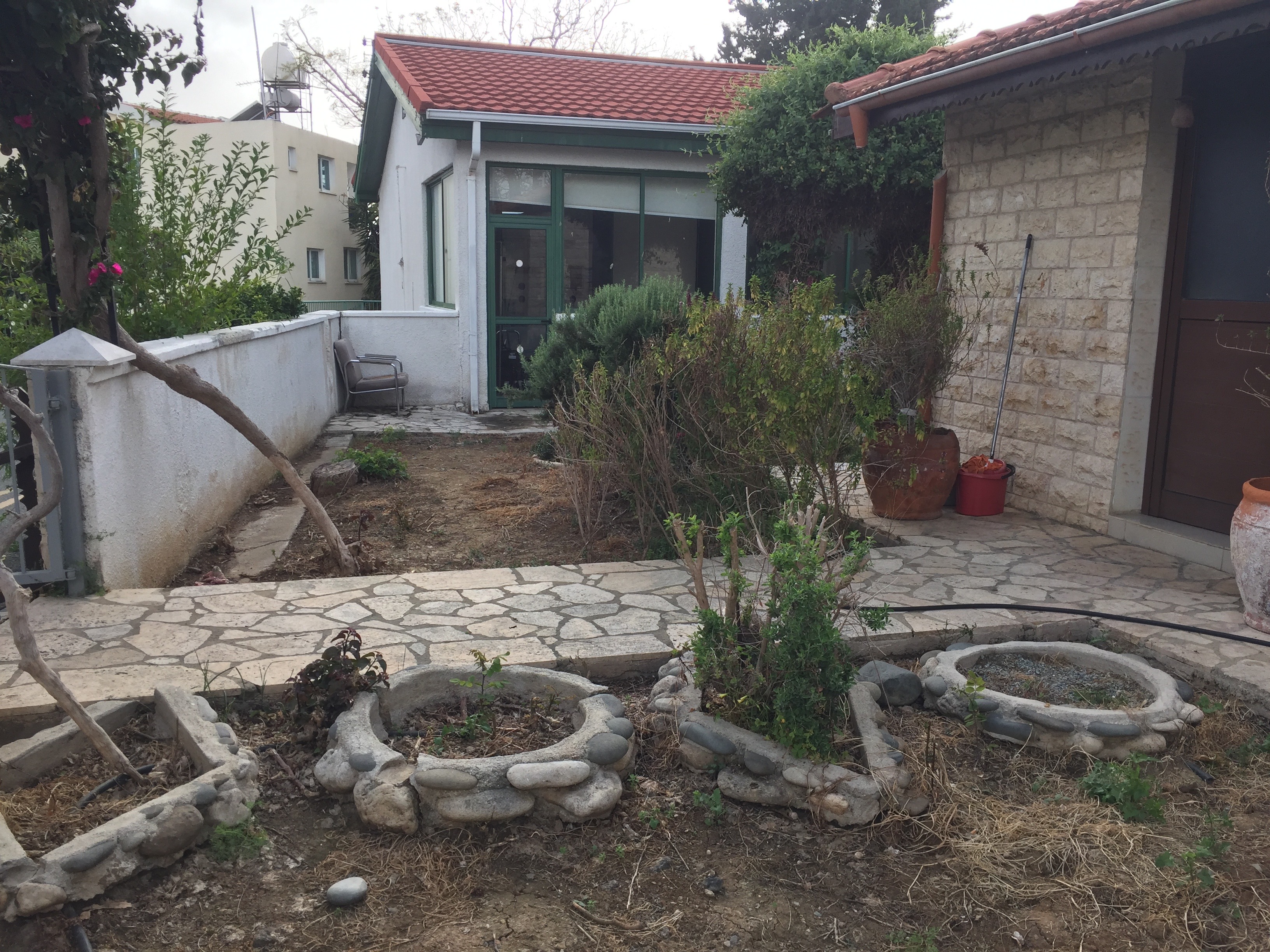World leaders will join Ukraine’s President Volodymyr Zelenskiy at a summit this weekend to explore ways of ending the deadliest conflict in Europe since World War Two, but Russia isn’t invited and the event will fall short of Kyiv’s aim of isolating Moscow.
U.S. Vice President Kamala Harris, French President Emmanuel Macron and the leaders of Germany, Italy, Britain, Canada and Japan are among those set to attend the June 15-16 meeting at the Swiss mountaintop resort of Buergenstock.
India, which has helped Moscow survive the shock of economic sanctions, is expected to send a delegation. Turkey and Hungary, which similarly maintain cordial ties with Russia, will be represented by their foreign ministers.
But despite months of intense Ukrainian lobbying, some others will not be there, most notably China, a key consumer of Russian oil and supplier of goods that help Moscow maintain its manufacturing base.
“This meeting is already a result,” Zelenskiy said in Berlin on Tuesday, while also acknowledging the challenge of maintaining international support as the war, now well into its third year, grinds on.
“Uniting countries who are partners and non-partners is a difficult mission in itself for Ukraine, when the war is not in its first month,” Zelenskiy said.
Zelenskiy visited Saudi Arabia on Wednesday to discuss preparations for the summit with Crown Prince Mohammed bin Salman but it was not immediately clear whether the kingdom would send a representative.
Ulrich Schmid, a political scientist and Eastern Europe expert at the University of St. Gallen in Switzerland, called the summit “a mixed bag”, given the show of support from some quarters and China’s absence.
“Then the question arises: is peace actually doable?” Schmid added. “As long as (Russian President Vladimir) Putin is in power… it will be difficult.”
Events in the Russian invasion of Ukraine
On Saturday, Ukrainian President Volodymyr Zelenskiy attends a summit of at least 90 leaders and organisations in Switzerland at which he hopes to lay out a path to peace.
Russia, which has not been invited, has dismissed the initiative as a waste of time, and China, its key ally since the war began, has said it would not attend.
Following is a timeline of major events on the battlefield as momentum between the two sides has shifted back and forth:
2014: After forces loyal to pro-Russian Ukrainian President Viktor Yanukovich kill scores of demonstrators in Kyiv, he flees to Russia amid a popular uprising. Moscow responds by sending undercover troops to seize the Crimea peninsula, which Russia swiftly annexes. In eastern Ukraine’s Donbas region, Russian agents and pro-Russian Ukrainian rebels launch an armed revolt and declare two independent “people’s republics”. Thousands are killed in fighting before the “Minsk accords” ceasefire agreements largely freeze the frontlines while leaving the status of rebel-occupied areas unresolved.
Feb. 22, 2022: After building up forces for months but denying plans for an invasion, President Vladimir Putin orders tens of thousands of Russian troops into Ukraine in a “special military operation”. The invaders attack from the north, northeast and east, and make rapid initial advances, largely avoiding population centres. Western intelligence agencies predict Ukraine could fall within days, but even in the initial hours there are signs that the Russian battle plan is faltering as Ukraine repels Russian commandos attempting to seize an airbase north of Kyiv as a beachhead for a swift assault on the capital.
Feb-April, 2022: Advancing Russian forces are halted at the outskirts of Kyiv after meeting stiffer-than-expected resistance. The Russians retreat from all territory in northern Ukraine, leaving behind the bodies of civilians strewn along the streets of villages and towns – evidence of what Kyiv calls atrocities which Moscow will deny throughout the war. Moscow announces its aim is now to protect and expand the territory controlled by its proxies in the east. Ceasefire talks are held but fail to halt the fighting, with Moscow demanding recognition of its territorial gains and Kyiv vowing to recover its land.
May 20, 2022: Russian forces capture Mariupol in southeastern Ukraine after a three-month siege, during which Kyiv estimates more than 20,000 civilians were killed. The city, home to 450,000 people before the war, is largely destroyed. This completes Russia’s conquest of Ukraine’s southeastern coast and secures the land bridge connecting Russia to Crimea.
Sept 2022: In one of the biggest shifts of battlefield momentum of the war, Ukrainian forces make a surprise breakthrough in the northeast and recapture nearly all Russian-occupied territory in Kharkiv province. Soon after, Putin announces the annexation of four partially occupied Ukrainian provinces in the east and south, and orders a call-up of reservists, triggering an exodus of hundreds of thousands of Russian men seeking to avoid conscription.
Nov. 2022: In another major breakthrough, Ukrainian forces recapture the city of Kherson and surrounding countryside in southern Ukraine and force Russian troops to retreat across the Dnipro river that bisects the country. This will prove to be the last rapid shift in the position of the front lines before the war settles into intense, attritional trench warfare, in which attacking forces on both sides can make only slow gains against heavily fortified defenders.
Dec. 2022-May 2023: Buoyed by Ukraine’s battlefield success in the second half of 2022, Western countries led by the United States pledge billions of dollars worth of weapons to arm Kyiv for a counteroffensive to win back its territory. Russia uses the winter to reinforce its defensive lines, mount a long-range missile and drone campaign against Ukrainian cities and launch a ground offensive focused on Bakhmut, a small city in the east where assaults are led by Wagner, a private army that recruits prisoners from Russian jails. Ukrainian commanders elect to defend Bakhmut rather than retreat.
March 23, 2023: The International Criminal Court in the Hague issues arrest warrants for Russian officials including Putin, wanted for the war crime of allegedly deporting Ukrainian children from occupied territory. Moscow denies the charges and denounces the court. As of June 5, 2024, Ukrainian prosecutors have opened proceedings in more than 129,000 alleged war crimes cases by occupying Russian troops.
May 20, 2023: Russian forces finally capture Bakhmut after nine months of fighting, in Europe’s bloodiest land battle since World War Two. The capture of the largely depopulated and destroyed city has limited direct strategic impact, but both armies suffer crippling losses.
June 23-24, 2023: Wagner leader Yevgeny Prigozhin launches a mutiny vowing to topple Russia’s military leadership which he blames for battlefield failures. His forces race towards Moscow meeting little resistance, before abruptly standing down under an agreement brokered by the leader of Belarus. Two months later, Prigozhin and top lieutenants die in a plane crash.
June-December 2023: Newly equipped with billions of dollars of Western weaponry including advanced tanks, Ukraine launches a long-awaited counteroffensive to recapture Russian-held territory. The Ukrainian forces attempt to pierce the Russian defensive line at multiple points along the southern front but fail to achieve the hoped-for breakthrough.
Spring 2024: Following the failure of Ukraine’s 2023 counteroffensive, Russian forces seize the battlefield momentum, taking advantage of superior manpower and firepower. Ukraine complains that its troops are running out of weapons and ammunition, with foreign aid stalled, including a $61 billion package held up by Republicans in the U.S. Congress. After months of delay, the U.S. House of Representatives finally approves the aid on April 21. In May, Russian forces open a new front with an assault on Ukraine’s northeastern Kharkiv province, which Kyiv’s commanders say risks diverting resources from defending against the main Russian effort in the east.
May 2024: A new mobilisation law comes into force that will make it easier for Ukraine to call up more men to fight. The number of new recruits the legislation will provide is unclear, but it could involve hundreds of thousands of people.
Russia, which sent tens of thousands of troops into Ukraine on Feb. 24, 2022, has described the idea of a summit to which it is not invited as “futile”.
Moscow casts its “special military operation” in Ukraine as part of a broader struggle with the West, which it says wants to bring Russia to its knees. Kyiv and the West say this is nonsense and accuse Russia of waging an illegal war of conquest.
The idea of a summit was originally floated after Zelenskiy presented a 10-point peace plan in late 2022.
Since then there has been a series of preparatory meetings.
The proposal had appeared to be gaining some traction, with China and some major countries from the “Global South” signalling interest at a meeting in Saudi Arabia last August.
However, the war in Gaza has sapped momentum and Moscow has sought to undermine the summit’s validity.
Meanwhile, China, along with Brazil, is pushing a separate peace plan for Ukraine that calls for the participation of both warring parties. Moscow has previously voiced its support for China’s efforts to end the conflict.
Kyiv has not hidden its frustration at China’s decision to skip the Swiss summit. Zelenskiy even accused Beijing of helping Russia to disrupt it, an extraordinary outburst against a global superpower with unrivalled influence over Moscow.
On the battlefield, the gathering comes at a difficult time for Ukraine. Russian troops, who control around 18% of Ukrainian territory, are advancing in the east in a war that has killed tens of thousands of soldiers and civilians, left villages, towns and cities in ruins and uprooted millions.
Given such headwinds and the entrenched differences between Ukraine and Russia, the summit will shy away from territorial issues and focus on parts of Zelenskiy’s plan that are broad enough to be palatable to most, if not all, participants.
These include the need to guarantee food security, nuclear safety, freedom of navigation and prisoner exchanges, officials said.
WHAT NEXT?
Much of the discussion surrounding the Swiss summit has centred on where and when the next talks could be held.
Andriy Yermak, head of Zelenskiy’s office, told reporters this week that a “huge number” of countries were already interested. “And we are looking for the possibility in the second summit to invite a representative of Russia,” he said.
Switzerland wants the Buergenstock summit to pave the way for a “future peace process” in which Russia takes part.
The summit comes amid a diplomatic flurry over Ukraine. Zelenskiy is attending the G7 summit in Italy this week, and Ukraine will push for progress on funding both at a European Union summit this month and a NATO summit in early July.
Supporters of Ukraine are marking the Swiss talks with a series of events in the nearby city of Lucerne to draw attention to the war’s humanitarian costs, with a demonstration planned to call for the return of prisoners and children taken to Russia.
Switzerland hopes a joint statement will be issued at the close of the summit – if a consensus among participants can be reached.







Click here to change your cookie preferences